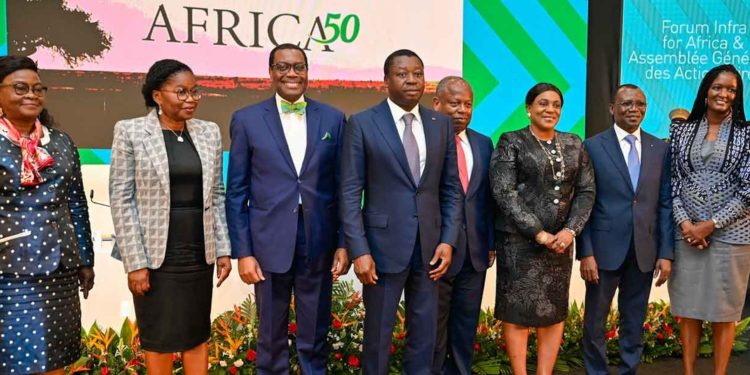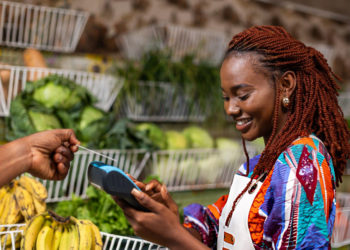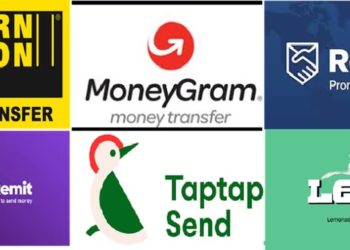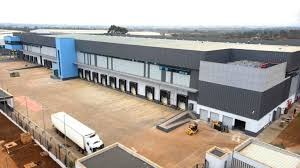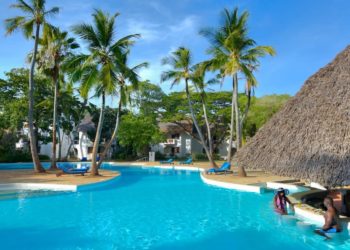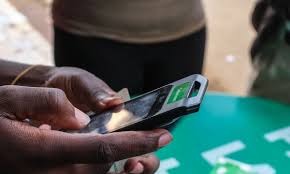According to the African Development Bank, the total external debt of the African continent is expected to rise to $1.13 trillion (Kes159 trillion) this year from $1.1 trillion (Kes154 trillion) in 2022. With rising interest rates, inflation, and commodity shocks, the likelihood of an overlap of debt crises in Africa has greatly increased. The International Monetary Fund (IMF) estimates that 30% of emerging markets and 60% of low-income countries, mostly in Africa and Asia, could face difficulty paying their debts.
During the Africa 50 Annual General Meeting held in Togo, different African leaders pushed for a new global financing model that would best fit the African continent. The meeting brought together many financial and political leaders whose main agenda was to discuss the overall business environment on the continent. Africa50 is an infrastructure investment platform that contributes to Africa’s growth by developing and investing in bankable projects, catalyzing public sector capital, and mobilizing private sector funding with differentiated financial returns and impact. Africa50 currently has 33 shareholders, comprised of 30 African countries, the African Development Bank, the Central Bank of West African States (BCEAO), and Bank Al-Maghrib.
The President of the African Development Bank, Akinumwi Adesina, pointed out that the first thing that needs to change is for the global financial architecture to scale up its level of ambition in order to attain sustainable development goals. “It is also failing developing countries because you can see that even after COVID, Africa still needs about $250 billion to recover. We need $277 billion a year to deal with climate change, plus you still have to deal with Africa’s debt; today, countries have to pay a lot in terms of repayment and service of debt,” said Adesina.
Read more: President William Ruto Appealed for Equality at The New Global Financial Pact Summit in Paris
The leaders called on the IMF to help unlock more resources to accelerate development, tackle climate change, address debt challenges, and close infrastructure financing gaps. According to the African Development Bank report, out of the $650 billion of special drawing rights (SDRs) allocated by the IMF in 2021, Africa received only $34 billion, which is less than 5%, as opposed to the European Union countries, which received $160 billion. Continental leaders have noticed the tough conditions subjected to developing countries in Africa by global lenders, saying that by doing so, creditors are taking advantage of the living conditions of people in beneficiary states.
Read more: Adopt A Single Currency- Boost Economic Growth In Africa
At the meeting, African financial and political leaders looked at different ways of enhancing financial and credit access, and all agreed that a fundamental shift is required. In this regard, the leaders signed subscription agreements and letters of intent in preparation for the first close of the Africa50 Infrastructure Acceleration Fund (IAF, or the “Fund”), aimed at enhancing further investments towards the development of critical infrastructure across the continent. They argued that the fund would help position Africa50 Group in a better position as it taps more into the global assets under management as the African nation continues to restructure its debt in order to secure more funding from the IMF.
Email your news TIPS to editor@thesharpdaily.com


